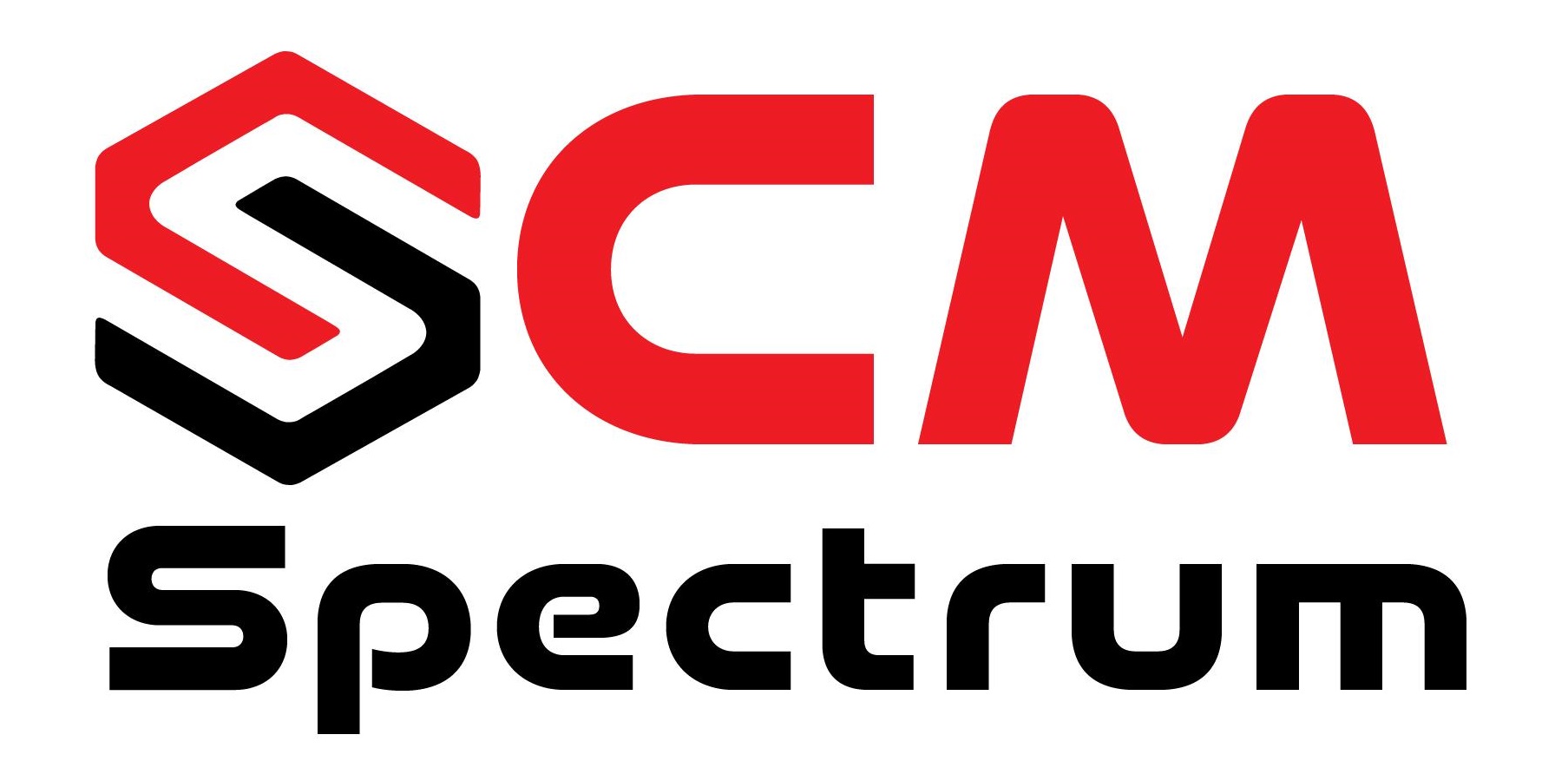The global Lysine Hydrochloride market is undergoing significant changes, with pricing fluctuations and supply chain adjustments shaping the industry’s future. In Europe, prices have surged following the European Commission’s imposition of anti-dumping duties, causing a ripple effect across global markets. Meanwhile, North America and Asia remain relatively stable but continue to monitor developments closely.
European Price Surge Driven by Anti-Dumping Duties
The European Commission recently enforced anti-dumping duties on Lysine Hydrochloride imports to counteract unfair pricing from major exporting nations. This regulatory move has directly impacted the cost of this essential amino acid, prompting European buyers to revise their procurement strategies. Many buyers have already locked in contracts for the second quarter at elevated price levels to secure supply and avoid further financial strain.
Additionally, domestic producers in Europe are benefiting from these protective measures, gaining a competitive advantage in the market. However, higher costs for importers may ultimately affect downstream industries, including animal feed production, which heavily relies on Lysine Hydrochloride.
North America and Asia Experience Stability but Stay Cautious
Unlike Europe, North America and Asia have maintained relative price stability in the Lysine Hydrochloride market. However, industry players in these regions are keeping a close watch on European trends to anticipate potential shifts. The disparity in pricing between these markets could lead to significant changes in trade patterns.
Exporters from Asia, particularly China, may seek alternative trade routes or adjust pricing strategies to maintain their foothold in the global market. North American stakeholders are also assessing whether European price increases could eventually influence their market dynamics, particularly in the long term.
Supply Chain Adjustments Aim to Balance the Market
Market participants are actively realigning supply chains to navigate pricing volatility and regulatory changes. Some producers are focusing on optimizing logistics and inventory management to ensure stable supply despite ongoing disruptions. Improved efficiency in transportation and distribution may help cushion the impact of fluctuating costs.
Furthermore, companies are exploring diversification strategies to mitigate risks associated with trade regulations. By establishing production facilities in multiple regions, manufacturers can reduce dependency on specific markets and enhance resilience against unforeseen challenges.
Future Outlook: Pricing Trends and Market Rebalancing
As the second quarter approaches, the Lysine Hydrochloride market is expected to undergo a rebalancing phase. European price trends will likely serve as a benchmark for global movements, influencing purchasing decisions worldwide.
Higher prices could drive investments in regional production capabilities, reducing reliance on imports and fostering a more self-sufficient supply chain. This shift may reshape the global competitive landscape for amino acids, particularly Lysine Hydrochloride.
At the same time, geopolitical developments, raw material availability, and transportation costs will continue to play a crucial role in market stability. Industry stakeholders must remain adaptable to these evolving conditions to maintain competitiveness and ensure steady supply.
Conclusion: A Pivotal Moment for the Industry
The Lysine Hydrochloride market is at a turning point, with European regulatory actions triggering price increases and prompting global stakeholders to reassess their strategies. While North America and Asia have maintained stability, ongoing adjustments in supply chains and pricing structures may alter market dynamics in the coming months.
Companies that proactively address these changes by optimizing logistics, diversifying production, and monitoring regulatory shifts will be better positioned for long-term success. The next few months will be critical in determining the market’s trajectory, with potential long-term effects on the global feed additive industry.







